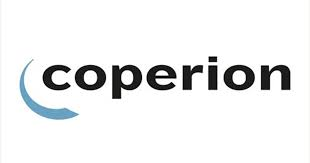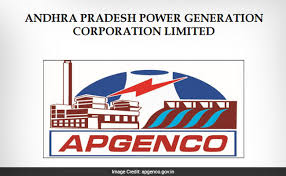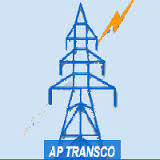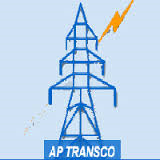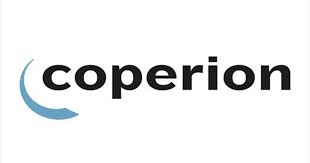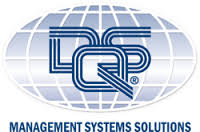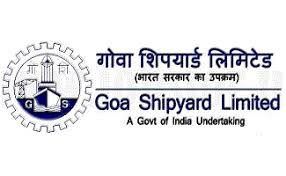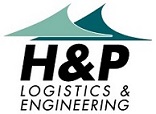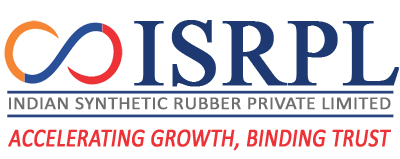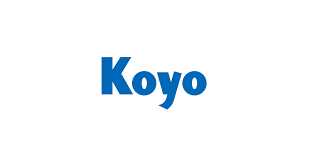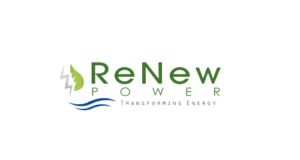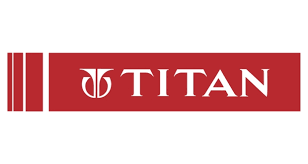Design FMEA of a hydroelectric power plant conducted by us
Introduction: A 50 MW hydroelectric power plant is being designed to harness the potential of Sutlej river to generate electricity in Himanchal Pradesh. The plant design includes various components such as turbines, generators, dams, spillways, penstocks, and control systems. A Design FMEA is conducted to identify potential failure modes in the design and their potential effects, allowing for the implementation of preventive measures to enhance reliability and safety.
Team Composition: The FMEA team consists of design engineers, electrical engineers, mechanical engineers, safety experts, and project managers. Each team member brings expertise in their respective areas to comprehensively assess potential failure modes.
Methodology: The FMEA team follows the standard FMEA methodology, which involves the following steps:
-
Identify Components and Functions: The team identifies all components of the hydroelectric power plant and their intended functions.
-
Identify Failure Modes: For each component, the team brainstorms potential failure modes considering all possible ways in which the component could fail during operation or under specific conditions. For example:
- Turbine failure due to cavitation
- Generator failure due to insulation breakdown
- Dam failure due to overtopping or foundation instability
-
Determine Failure Effects: The team assesses the potential effects of each failure mode on the operation, safety, and performance of the hydroelectric power plant. Effects may include:
- Interruption of power generation
- Damage to equipment or infrastructure
- Environmental impacts such as flooding or habitat disturbance
-
Assign Severity, Occurrence, and Detection Ratings: Each failure mode is assigned severity, occurrence, and detection ratings on a scale of 1 to 10, with 10 being the most severe, most frequent, or least detectable, respectively.
-
Calculate Risk Priority Number (RPN): The RPN is calculated for each failure mode by multiplying severity, occurrence, and detection ratings. This helps prioritize failure modes for further analysis and action.
-
Identify Risk Mitigation Measures: For high-risk failure modes (those with high RPN), the team identifies and evaluates potential risk mitigation measures. This may include design modifications, redundancies, protective systems, or procedural changes to reduce the likelihood or severity of failure modes.
-
Implement and Verify Controls: Selected risk mitigation measures are implemented in the design, and their effectiveness is verified through testing, simulation, or analysis.
Case Study Scenario: In a hydroelectric power plant design FMEA, the team identifies a potential failure mode: "Turbine failure due to cavitation." Cavitation can occur when water pressure drops below the vapor pressure, leading to the formation of vapor bubbles that implode, causing erosion and damage to turbine blades.
Potential Effects:
- Reduced turbine efficiency
- Damage to turbine blades
- Increased maintenance requirements
- Interruption of power generation
Severity, Occurrence, and Detection Ratings:
- Severity: 8 (significant impact on power generation and equipment)
- Occurrence: 6 (possible under specific flow conditions)
- Detection: 7 (detectable through vibration monitoring and inspections)
Risk Priority Number (RPN): RPN = Severity × Occurrence × Detection = 8 × 6 × 7 = 336
Risk Mitigation Measures:
- Design turbine with improved blade profile to reduce cavitation risk
- Install cavitation monitoring and early warning systems
- Conduct regular inspections and maintenance to detect and address cavitation damage
Conclusion: Through the Design FMEA process, the hydroelectric power plant design team identifies potential failure modes, assesses their effects, and implements risk mitigation measures to enhance reliability, safety, and performance. By proactively addressing design risks, the hydroelectric power plant can operate efficiently and reliably, contributing to sustainable energy generation.

